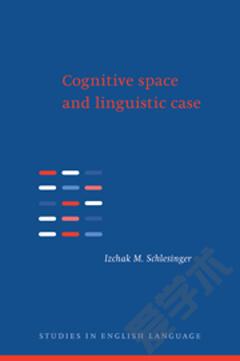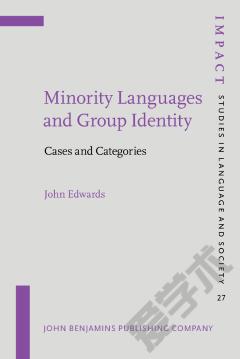The Categorization of Spatial Entities in Language and Cognition.
1. Contributors 2. Introduction: Searching for the categorization of spatial entities in language and cognition (by Aurnague, Michel) 3. Part I. Spatial Entities and the Structures of Languages: Descriptive Work 4. A taxonomy of basic natural entities (by Vandeloise, Claude) 5. On the spatial meaning of contre in French: The role of entities and force dynamics (by Borillo, Andree) 6. The prepositions par and a travers and the categorization of spatial entities in French (by Stosic, Dejan) 7. The linguistic categorization of spatial entities: Classifiers and other nominal classification systems (by Grinevald, Colette) 8. The expression of semantic components and the nature of ground entity in orientation motion verbs: A cross-linguistic account based on French and Korean (by Choi-Jonin, Injoo) 9. Part II. Spatial categorization in language and cognition: Psycholinguistic and developmental studies 10. Categorizing spatial entities with frontal orientation: The role of function, motion and saliency in the processing of the French Internal Localization Nouns avant/devant (by Aurnague, Michel) 11. Containment, support, and beyond: Constructing topological spatial categories in first language acquisition (by Bowerman, Melissa F.) 12. Static and dynamic location in French: Developmental and cross-linguistic perspectives (by Hickmann, Maya) 13. Precursors to spatial language: The case of containment (by Hespos, Susan J.) 14. The sources of spatial cognition (by Lecuyer, Roger) 15. Part III. Characterizing categories of spatial entities: Formal ontology 16. From language to ontology: Beware of the traps (by Varzi, Achille C.) 17. The temporal essence of spatial objects (by Muller, Philippe) 18. Part-of relations, functionality and dependence (by Vieu, Laure) 19. Objects, locations and complex types. (by Asher, Nicholas) 20. Language index 21. Subject index
{{comment.content}}








 京公网安备 11010802027623号
京公网安备 11010802027623号